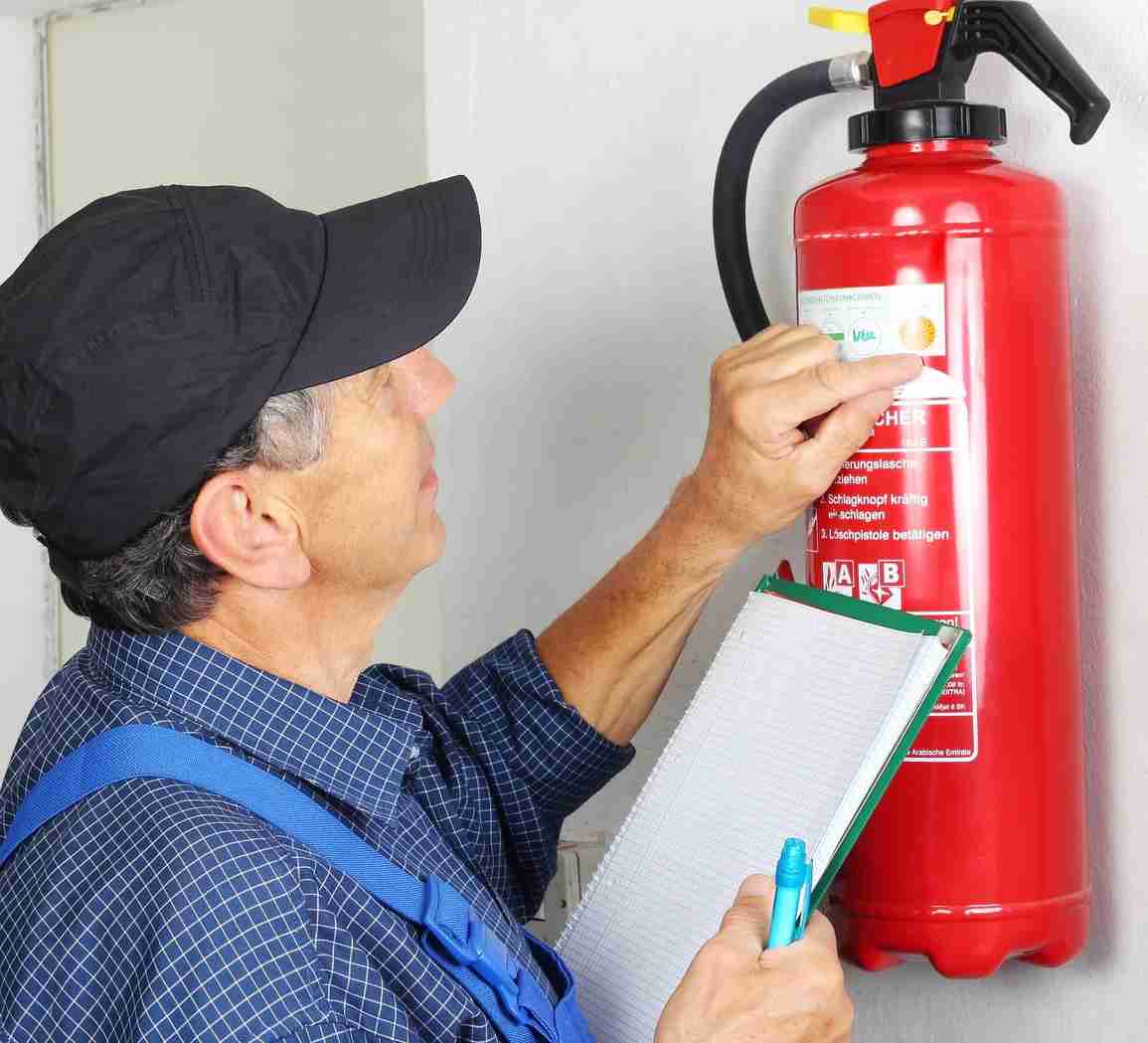
Fire extinguishers are silent guardians, often overlooked until an emergency unfolds. Their readiness and reliability are paramount, not just for compliance with regulations but for the safety and well-being of all occupants within a facility. In the bustling urban landscape of Bristol, where safety is a priority, the importance of regular fire extinguisher testing cannot be overstated.
In the heart of Bristol, UK Safety Management stands out as a beacon of reliability for fire extinguisher testing. Their expertise and commitment ensure that businesses not only meet the required standards but also foster a safe environment for everyone involved.
Understanding Fire Extinguisher Testing
Why Test Fire Extinguishers?
Testing fire extinguishers is not just a regulatory formality; it’s a critical safety procedure. Regular checks ensure that in the event of a fire, your extinguishers will work as intended, potentially saving lives and property.
The Frequency of Testing
Guidelines suggest a thorough inspection by a professional at least annually, with monthly checks by the premises’ responsible person.
The Comprehensive Testing Checklist
Visual Inspection
- Extinguisher Location: Easily accessible, visible, and marked locations.
- Physical Condition: No signs of corrosion, leakage, or damage.
Operational Checks
- Pressure Gauge: The needle should be in the green zone, indicating optimal pressure.
- Safety Seals and Tamper Indicators: Intact and unbroken.
- Operational Instructions: Clearly legible and facing outward.
Maintenance Tags
- Record Keeping: Up-to-date tags showing the last service date and the next due date.
Weight and Contents Check
- Weighing: Confirm the extinguisher’s weight matches the expected full weight.
- Internal Inspection: A professional check to ensure no clogging or corrosion inside.
Hose and Nozzle Examination
- Hose Inspection: Free from cracks, blockages, or damage.
- Nozzle Check: Ensure it’s not obstructed and is securely attached.
Discharge Test (Extended Service)
- Simulated Use: Performed every 5 years for water, wet chemical, foam, and powder extinguishers, and every 10 years for CO2 extinguishers.
Record and Report
- Documentation: Maintain a log of all tests, inspections, and maintenance activities.
- Immediate Action: Any issues found during inspection should be addressed promptly.
Certification and Compliance
- Professional Assessment: A certified technician should verify the extinguisher’s compliance with current safety standards.
Training and Awareness
- Staff Training: Regular training sessions for staff on the proper use of fire extinguishers.
- Emergency Preparedness: Regular drills to ensure everyone knows how to react in an emergency.
Choosing the Right Partner for Fire Extinguisher Testing
Selecting a reputable and experienced service provider is crucial for ensuring the effectiveness and reliability of your fire safety equipment. UK Safety Management, with its proven track record in Bristol, offers peace of mind and expertise, ensuring that your fire extinguishers are always ready to perform when needed.
Conclusion
The significance of fire extinguisher testing transcends mere regulatory compliance; it’s a fundamental aspect of safety management. By adhering to this essential checklist, businesses can ensure they are prepared for any eventuality, safeguarding their premises, people, and peace of mind. Remember, in the realm of fire safety, prevention is always better than cure, and regular testing is the key to prevention.